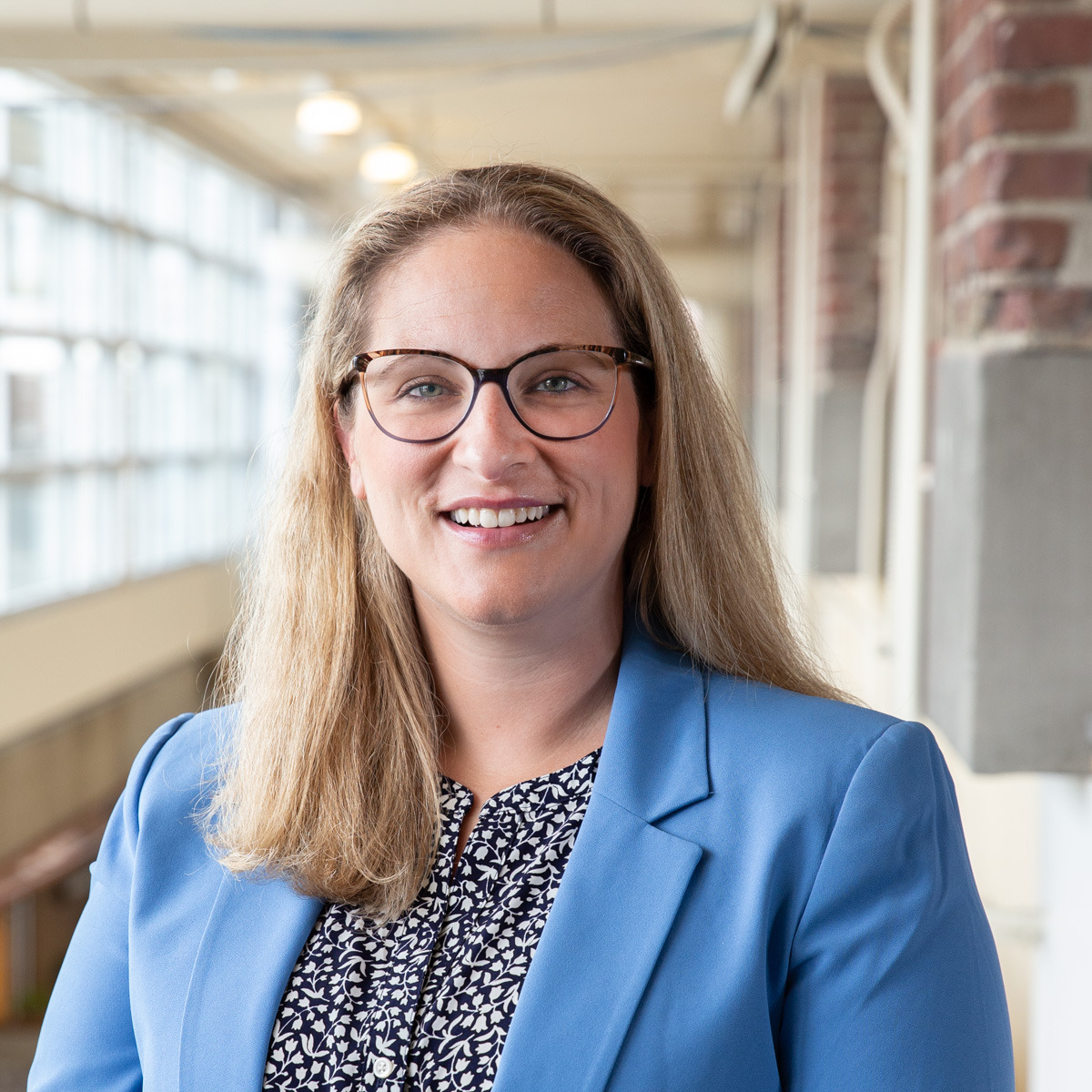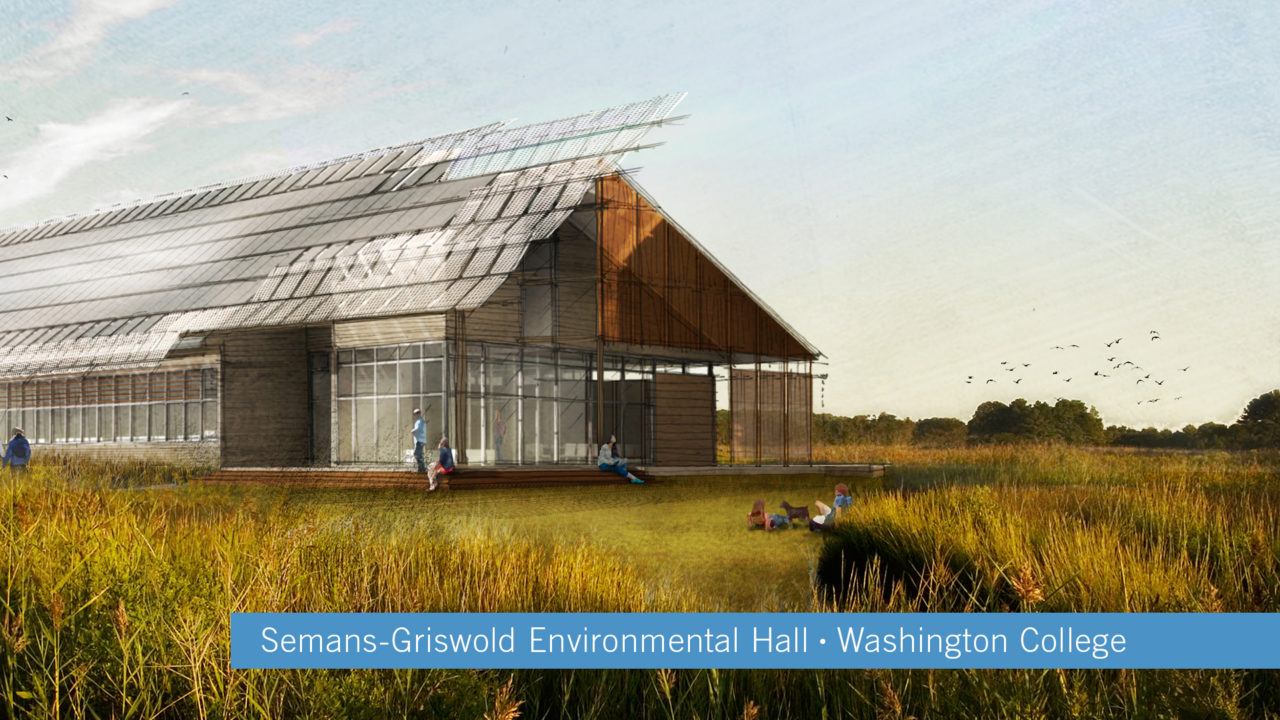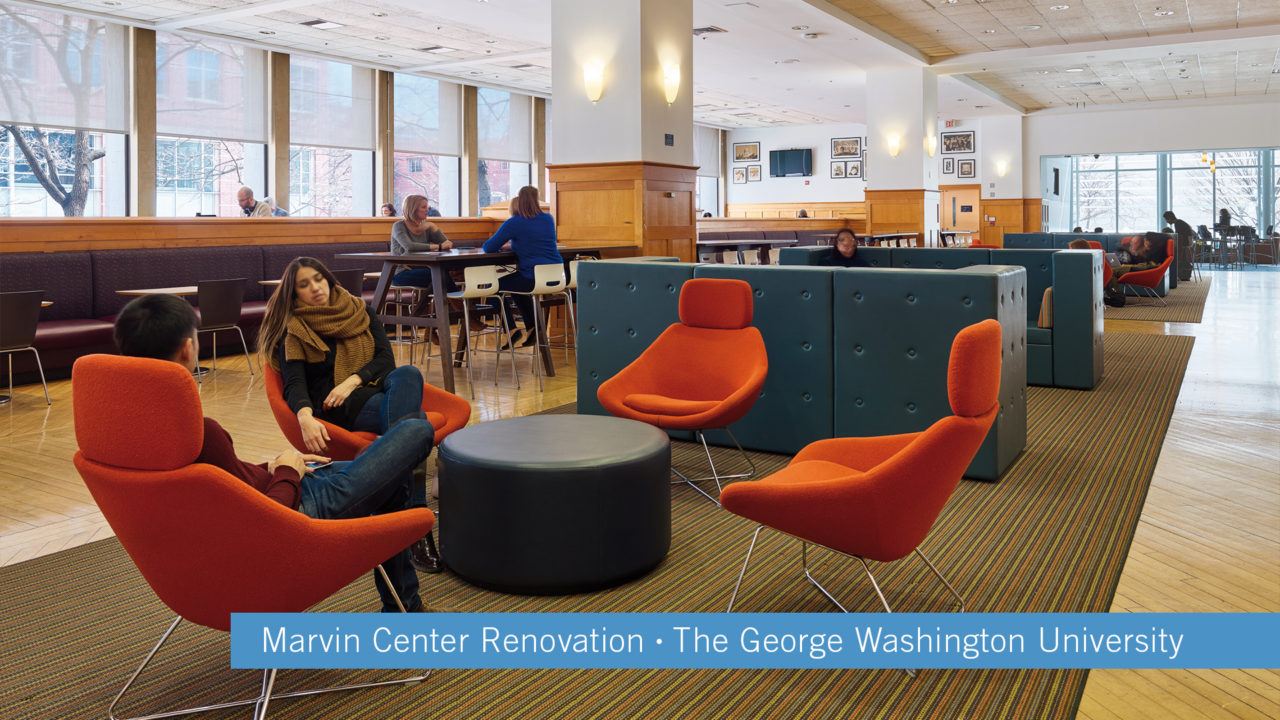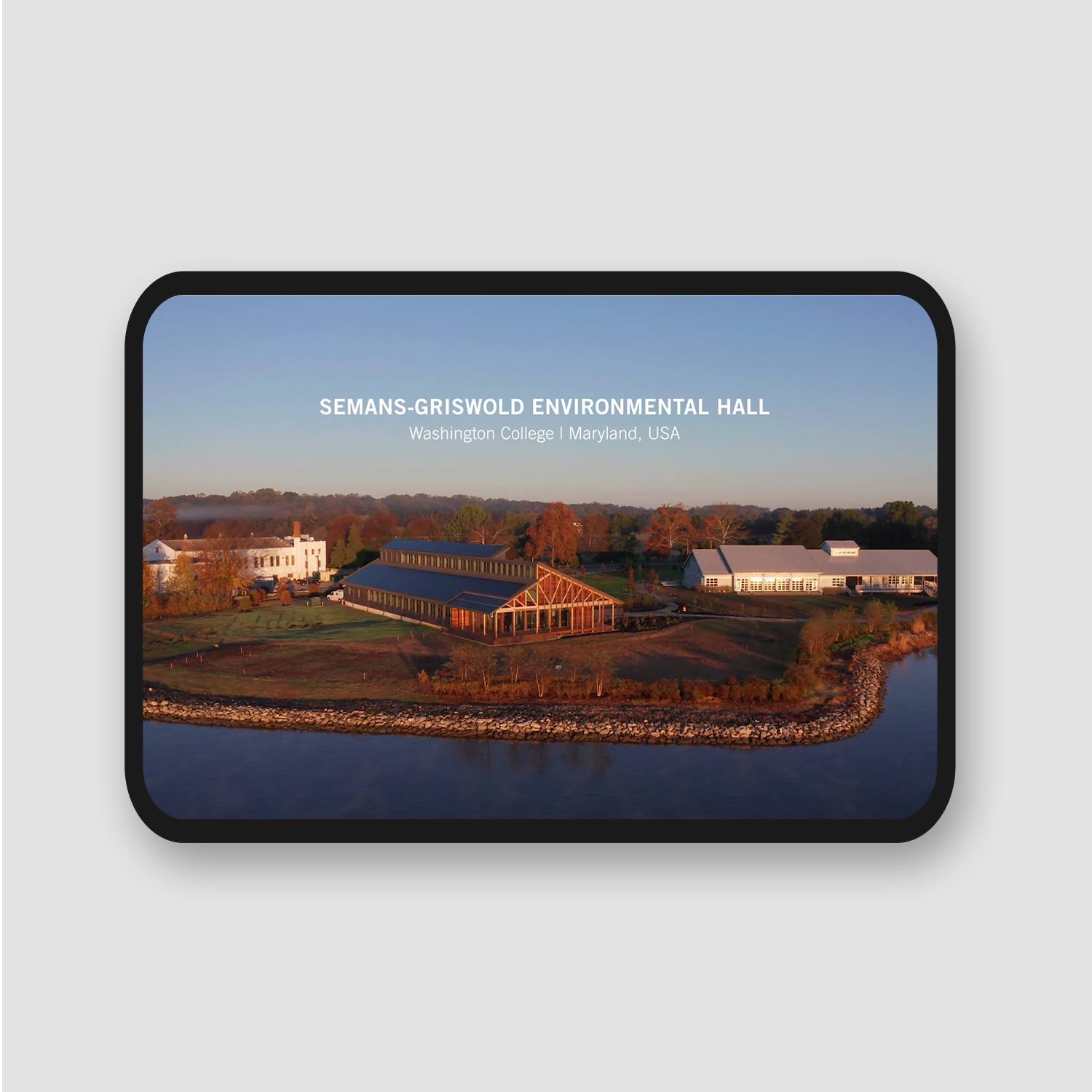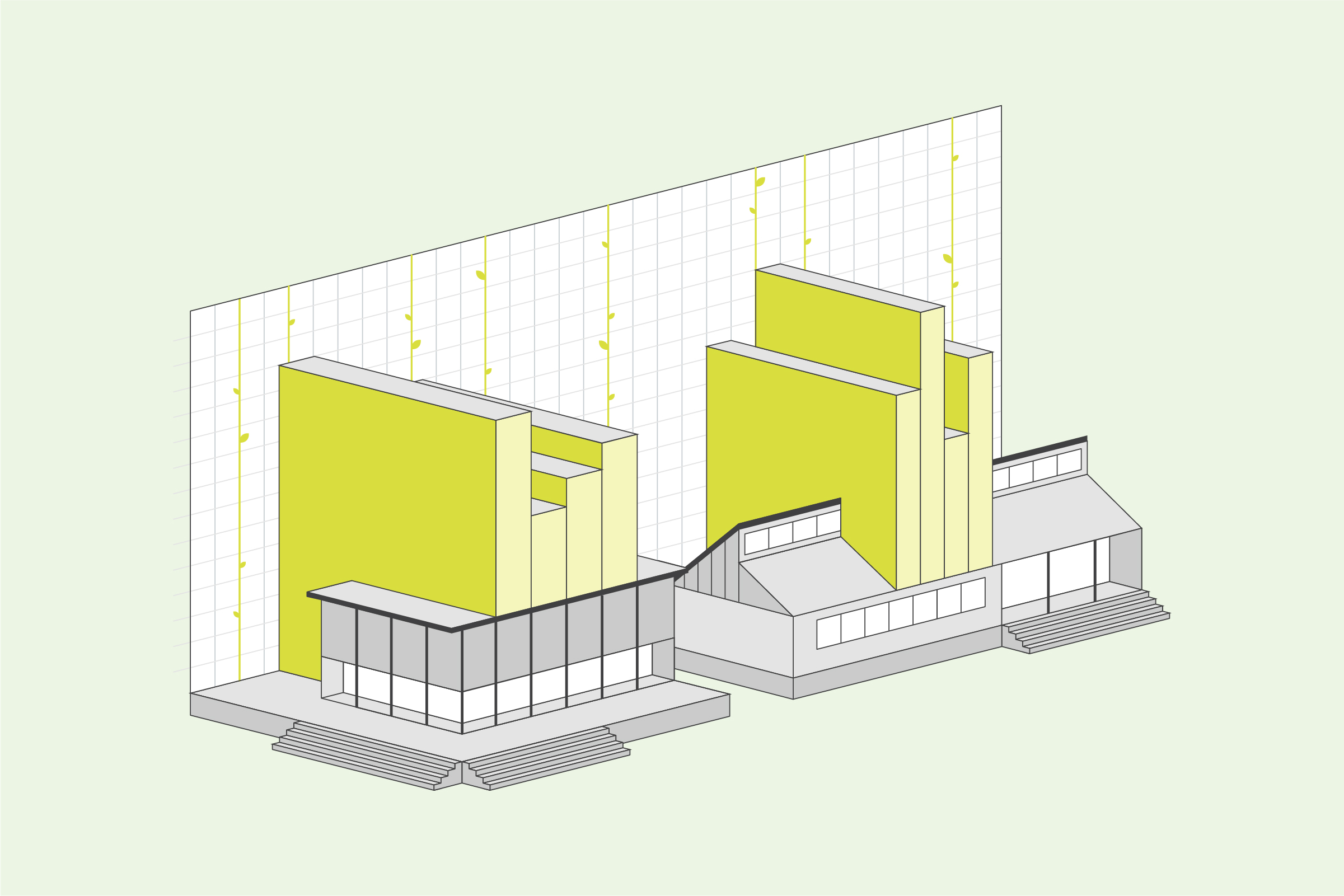Ayers Saint Gross hosts an annual Green Week to advance sustainability literacy within our staff so we can provide better high-performance designs to our clients. We use this time to:
- Evaluate our performance in the AIA 2030 Commitment, a voluntary program of the AIA in which we report the predicted energy use intensity of our whole building projects and the lighting power density of our interiors projects.
- Recognize the most energy efficient whole building project and interiors project under design with the annual Carrot Awards to inspire other projects to strive for greater energy efficiency.
- Share information colleagues have learned through project experiences, professional certifications, and attendance at conferences.
Since Green Week’s inception in 2013, every year’s programming gets more robust and more engaging. Last year’s Green Week included five sessions and awarded 99 continuing education units to our staff. This year hopes to top those numbers by offering seven sessions across all three of our offices.
So what exactly is a Carrot Award and who are this year’s winners? Sustainable design is sometimes oversimplified to as “carrots and sticks” process, in which carrots are enticing incentives that inspire great design and sticks are cumbersome requirements design teams have to meet. We believe sustainable design is great design, so high-performance projects are a carrot to us. Our highest performing projects under design in 2017 are aspirations for every project in our firm to reach for.
This year’s whole building Carrot Award goes to Washington College’s Semans-Griswold Environmental Hall in Chestertown, Md.

